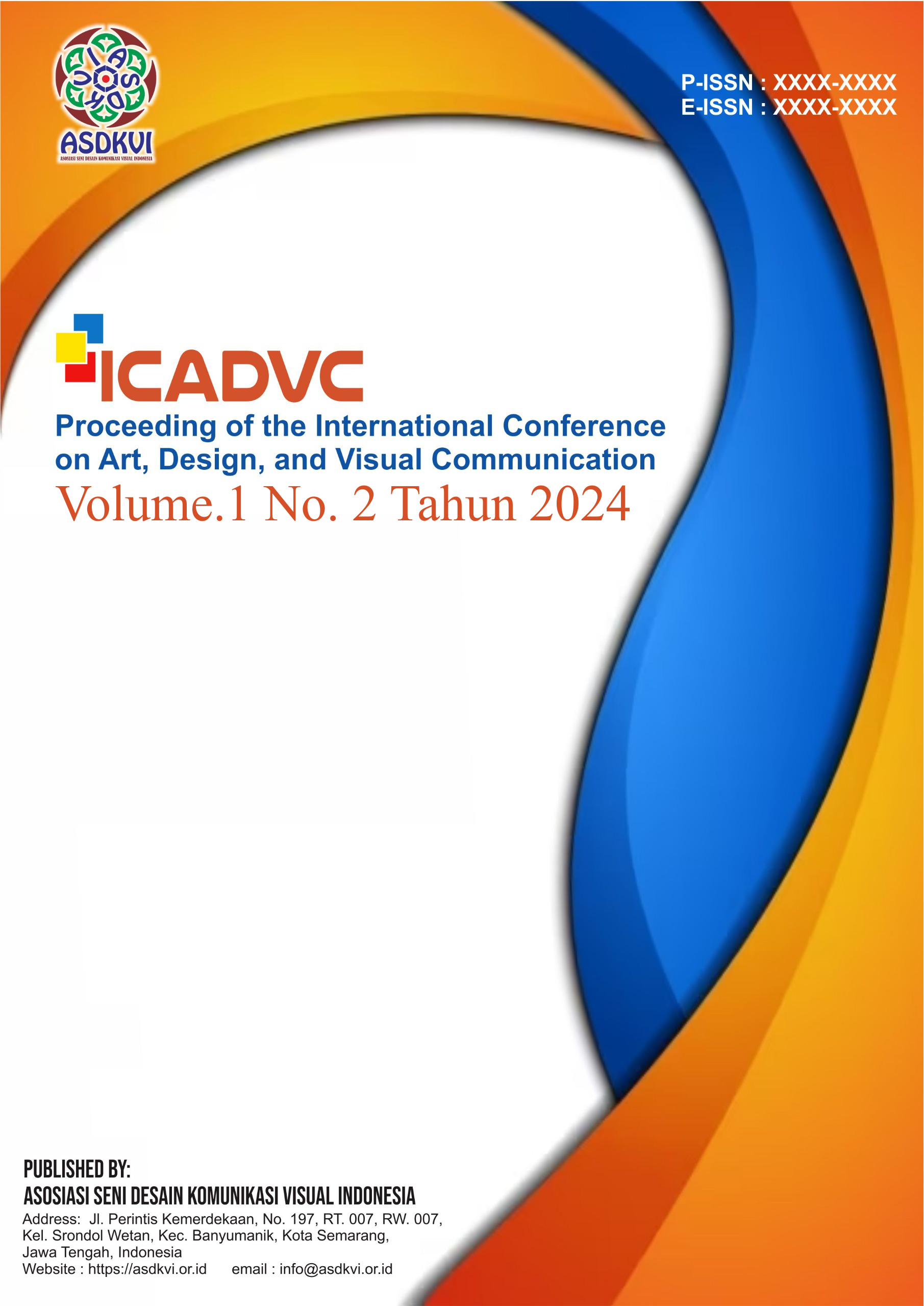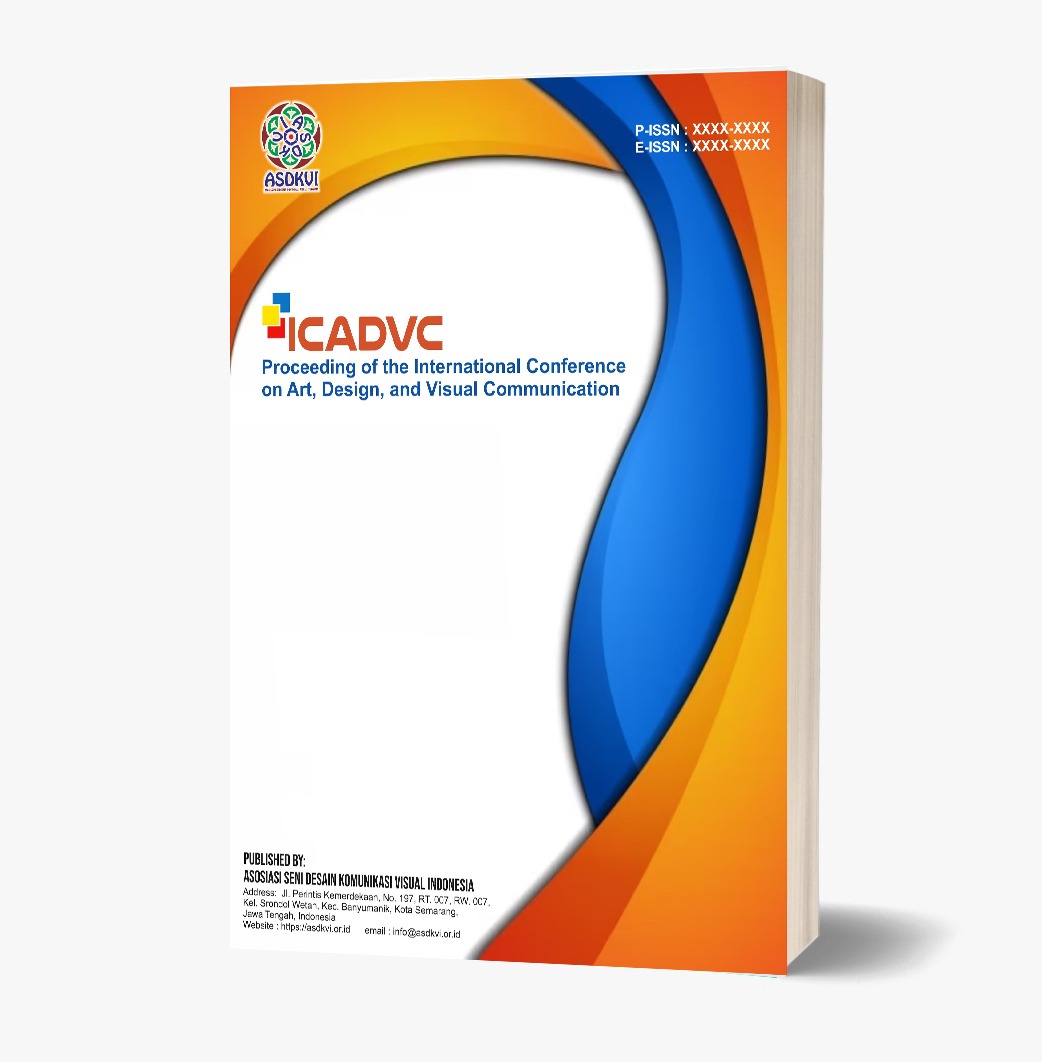Symbolism and Identity in Urban Street Art as Visual Narratives in Southeast Asian Cities
Keywords:
cultural identity, public space, Southeast Asia, street art, visual narrativeAbstract
Urban street art has become a significant visual medium reflecting identity, resistance, and cultural memory within Southeast Asian cities. This study explores how street art in urban environments such as Jakarta, Bangkok, and Manila serves as a visual narrative, embedding local symbolism and identity expression into public space. The objective is to analyze how visual elements in street art communicate social, cultural, and political messages. A qualitative method is employed, utilizing visual semiotics and ethnographic observation to examine selected murals and graffiti. The findings reveal that recurring motifs, such as traditional symbols, mythological figures, and vernacular language, function as tools of cultural assertion and urban storytelling. These visual narratives not only document community histories but also challenge dominant urban narratives, reclaiming marginalized voices. The study highlights the role of street artists as agents of social commentary and urban transformation. Implications suggest that recognizing street art as a form of visual narrative contributes to a broader understanding of cultural identity construction in urban Southeast Asia.
References
Barthes, R. (1977). Image-Music-Text. Fontana Press.
Chang, T. C., & Yeoh, B. S. A. (2019). Urban imaginaries and public art in Southeast Asia. Urban Studies, 56(5), 937–952. https://doi.org/10.1177/0042098017744571
Creswell, J. W., & Poth, C. N. (2018). Qualitative Inquiry and Research Design: Choosing Among Five Approaches (4th ed.). SAGE Publications.
Irvine, M. (2012). The work on the street: Street art and visual culture. In R. S. Nelson & R. Shiff (Eds.), Critical Terms for Art History (pp. 235–248). University of Chicago Press.
Lefebvre, H. (1991). The Production of Space. Blackwell.
McAuliffe, C., & Iveson, K. (2011). Art and crime (and other things besides…): Conceptualising graffiti in the city. Geography Compass, 5(3), 128–143. https://doi.org/10.1111/j.1749-8198.2011.00431.x
Patton, M. Q. (2002). Qualitative Research and Evaluation Methods (3rd ed.). SAGE Publications.
Saldaña, J. (2021). The Coding Manual for Qualitative Researchers (4th ed.). SAGE Publications.
Schacter, R. (2014). Ordinary cities, extraordinary geographies: Street art, creativity and the urban. Geography Compass, 8(11), 803–818. https://doi.org/10.1111/gec3.12159
Tan, T. (2020). Walls that speak: Street art and social commentary in Southeast Asia. Journal of Southeast Asian Studies, 51(2), 195–215. https://doi.org/10.1017/S002246342000020X
Young, A. (2014). Street Art, Public City: Law, Crime and the Urban Imagination. Routledge.
Zukin, S. (1995). The Cultures of Cities. Blackwell.
Downloads
Published
Issue
Section
License
Copyright (c) 2024 Proceeding of the International Conference on Art, Design, and Visual Communication

This work is licensed under a Creative Commons Attribution-ShareAlike 4.0 International License.





